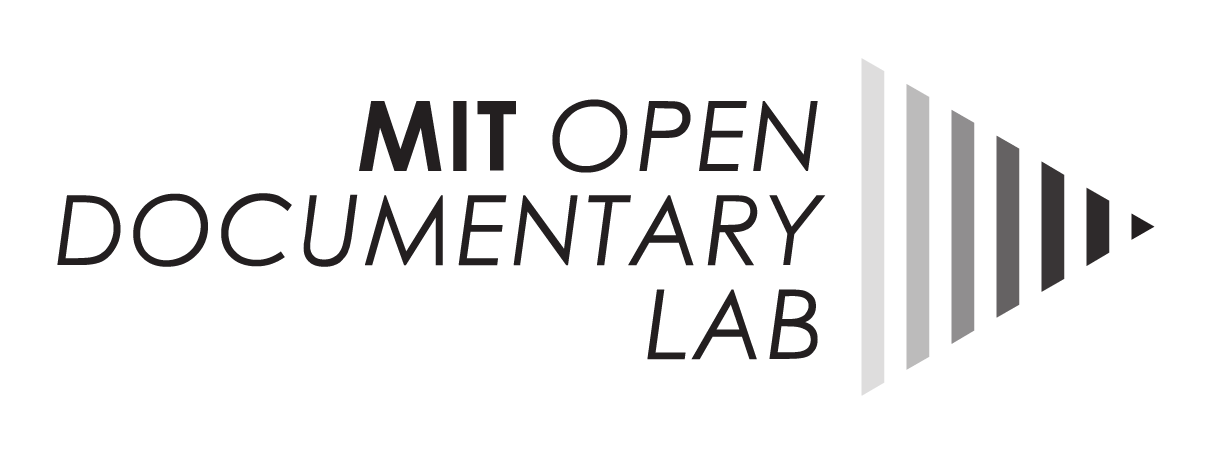
05 May COME/IN/DOC | Interactive Documentary Definition [Part 2]
SEASON 1 – EPISODE 3 – PART 2: ‘INTERACTIVE DOCUMENTARY DEFINITION’
Here you can access the second part of the third episode:
[vimeo width=”580″ height=”330″]https://vimeo.com/163979826[/vimeo]
SELECTION OF KEY IDEAS (DIRECTOR’S CONTRIBUTION)
Eva Dominguez (Minushu): I won’t try to define it. I come from the journalism field and I don’t want to put limits on this field. I see it as a hybrid field.
Katerina Cizek (Highrise): I like William Uricchio’s analysis, which considers the documentary genre as always being the most innovative form of media creation; it has always been at the forefront of avant-garde experimentation. Inside the field, for me as a director, the names aren’t important.
Sarah Wolozin: For me, an interactive documentary is one in which the user has to act in order to move forward.
Paul Levinson (Fordham University): The key point is the audience because, with the birth of interactive documentary, it is part of the documentary for the first time.
Gerry Flahive (Modern Story): At the roots of documentary there is the DNA of what we understand as interactivity. The definition made by John Grierson, the founder of NFB, was: ‘The creative interpretation of reality’…but this definition doesn’t say in a linear film or a certain sequence…it gives incredible freedom.
Jeremy Mendes (National Film Board of Canada): It has to do with a lot of things, such as platform, delivery, interpretation , etc.
Susanna Lotz (id w): The easy answer is a documentary in which the user interacts, but there are so many types that it’s difficult to give a specific definition. It’s part of the field of documentaries…definitions are not so important anymore.
Mandy Rose (DCRC – University of the West of England): I would define it as an interactive text, but to me the interesting thing is the space which is open to participation, in terms of making a documentary, as well as the audience and the experience provided.
Jacobo Sucari (Universitat de Barcelona): I’m not so interested in definitions. For me interactive documentary is in the computer or for the computer. I’m more interested in the software, the so called new narratives, the digital interactive narratives.
Denis Porto (Universidade Estadual Paulista): It is a documentary in which you can build a narrative from the linear parts, although the final outcome doesn’t change so much. There are some similarities with documentary montage and interactivity. I find the concepts of Peter Lunenfeld in relation to interactivity interesting.
Judith Aston (i-docs): For me taxonomies are my core interest Because of my background in anthropology, I like to keep things fluid and open, but be more focused. There is a computer and a process of Human Computer Interaction and we interact with documentary content.
Fernando Irigaray (Documedia – Universidad Nacional de Rosario): All transmedia documentary is interactive documentary, but not the other way around. We also have to differentiate between the terms crossmedia and transmedia. In crossmedia you need to understand one platform to understand and progress through the entire work. In transmedia the user becomes involved in a narrative universe and can access the project at any part.
Add your contribution here: http://comeindoc.com/contribute/
Website: http://comeindoc.com
Dr. Arnau Gifreu
COME/IN/DOC Director
Research affiliate
agifreu@mit.edu



